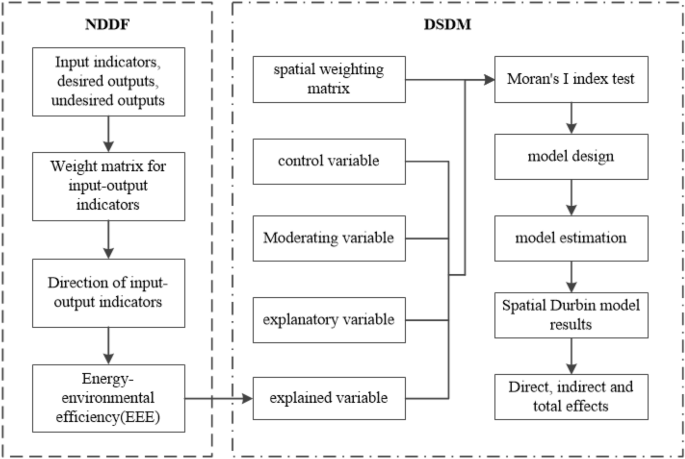
In recent years, China has been at the forefront of intelligent innovations in various industries, including mining and robotics. These innovations have not only revolutionized production processes but also have the potential to address environmental concerns.
In the mining industry, China has showcased intelligent technologies such as virtual reality dressing plants, smart mine digital twin management platforms, dark factories, and unmanned mining. These advancements have significantly improved production efficiency, reduced costs, and enhanced safety. Unmanned driving for mining machinery and real-time monitoring through smart sensors have become a reality. China's Ministry of Natural Resources reported the discovery of 132 new mineral deposits in 2022, highlighting the country's scientific and technological achievements in the field of mineral resources. Intelligent innovation is seen as crucial for the future of mining enterprises.
Building on its success in intelligent innovation, China has set its sights on developing an innovation system for humanoid robots. By 2025, the country aims to establish small and medium-sized enterprises specializing in humanoid robots and create two to three companies with global influence in the field. The goal is to achieve mass production of humanoid robots by 2025 and advanced technology by 2027. China recognizes the potential of humanoid robots to shape the future of its economy and disrupt production patterns globally. Industries such as home services, agriculture, healthcare, and logistics are expected to experience a boom with the use of robots.
While intelligent innovations offer immense potential, their impact on environmental sustainability cannot be ignored. A study conducted in China examined the impact of industrial robots on environmental pollution. The findings revealed that industrial robots can significantly reduce pollution by promoting green technology innovation and optimizing employment skill structures. The study also highlighted regional and temporal heterogeneity in the impact of industrial robots on pollution. The eastern region of China had the greatest negative impact on pollution, followed by the central region, while the western region had the least negative impact. Furthermore, the emission reduction effect of industrial robots was found to be greater after 2013 compared to before.
To leverage the benefits of intelligent innovations for environmental sustainability, the Chinese government and enterprises are encouraged to increase investment in the robot industry. Industrial robots can be used as a catalyst for driving innovation in green technology and optimizing employment skill structures. By embracing these advancements, China can further reduce environmental pollution and contribute to a more sustainable future.
A recent study published in Nature.com titled 'Assessment of green technology innovation on energy-environmental efficiency in China under the influence of environmental regulation considering spatial effects' examines the impact of green technology innovation (GTI) on energy-environmental efficiency (EEE) in China, taking into account the role of environmental regulation (ER) and spatial effects. The study finds that GTI has a U-shaped impact on EEE, primarily driven by Substantial green innovation (SubGI). The study also reveals that ER mitigates the negative impact of GTI on EEE while strengthening its positive effect. The findings provide empirical evidence and policy insights for effectively utilizing GTI and ER to enhance EEE and achieve energy conservation and emissions reduction goals [b6e4abb7].
The rise of intelligent innovations and their impact on environmental sustainability marks a new era of technological progress in China. As the country continues to lead in areas such as mining and robotics, it has the opportunity to shape global industrial development and pave the way for a greener and more efficient future.